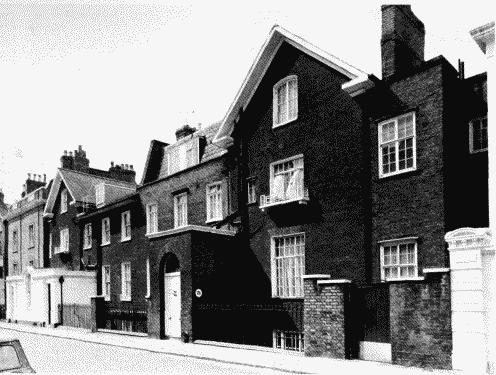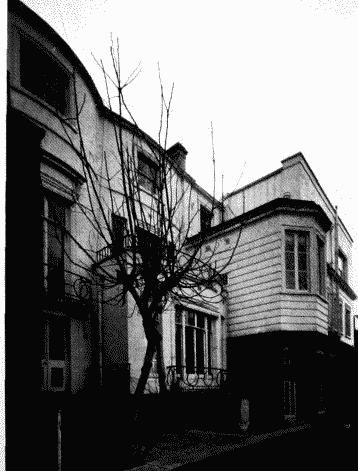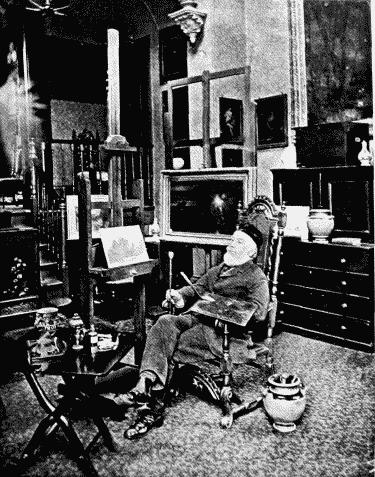Page 80
Survey of London: Volume 38, South Kensington Museums Area. Originally published by London County Council, London, 1975.
This free content was digitised by double rekeying and sponsored by English Heritage. All rights reserved.
In this section
a. Nos. 20–26 (even) Clareville Gove, c. 1838–9, in 1972 (PP. 22–3)

Nos. 20–26 (even) Clareville Grove in 1972.
a. Nos. 20–26 (even) Clareville Gove, c. 1838–9, in 1972 (PP. 22–3)
b. Nos. 26–28 (consec.) Hyde Park Gate in 1972: No. 26 (extreme left) c. 1847, Nos. 27–28 c. 1841 (P. 34)

Nos. 26–28 (consec.) Hyde Park Gate in 1972.
Nos. 26–28 (consec.) Hyde Park Gate in 1972: No. 26 (extreme left) c. 1847, Nos. 27–28 c. 1841 (P. 34)
c. Nos. 10–14 (consec.) Hyde Park Gate, c. 1846–7, in early 20th century.

Nos. 10–14 (consec.) Hyde Park Gate.
Nos. 10–14 (consec.) Hyde Park Gate, c. 1846–7, in early 20th century.
Grissell and Peto, builders of Nos. 10–13 (PP. 34–5)
d. No. 29 Hyde Park Gate, garden front, in 1970, showing alterations and additions of 1928 by Sir E. Lutyens (PP. 33–4, 37)

No. 29 Hyde Park Gate, garden front, in 1970.
No. 29 Hyde Park Gate, garden front, in 1970, showing alterations and additions of 1928 by Sir E. Lutyens (PP. 33–4, 37)
e. Richard Redgrave in his studio at No. 27 Hyde Park Gate in 1884 (P. 34)

Richard Redgrave at No. 27 Hyde Park Gate.
Richard Redgrave in his studio at No. 27 Hyde Park Gate in 1884 (P. 34)


